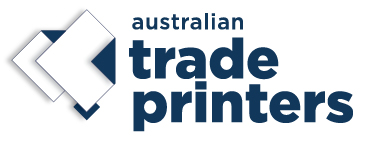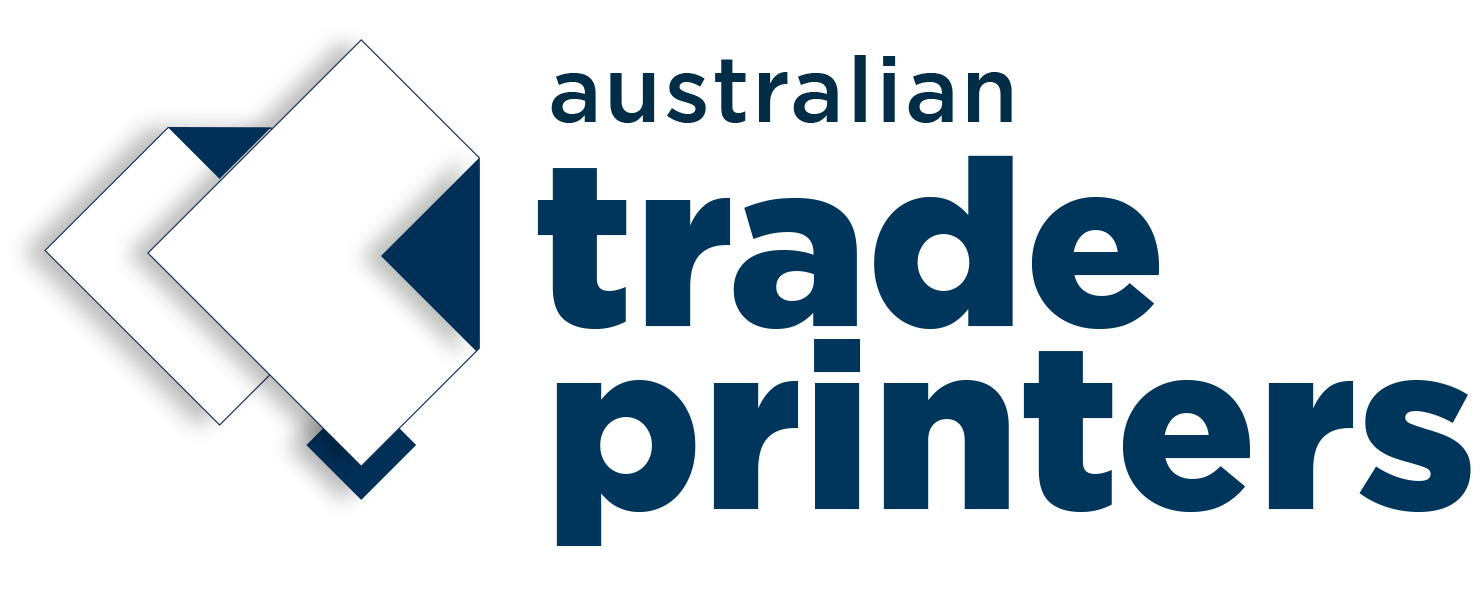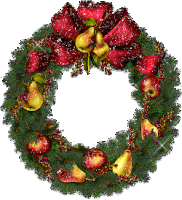
Welcome to our comprehensive guide on A5 book binding! Whether you’re interested in creating journals, booklets, or custom bound books, this beginner’s guide will equip you with the essential information and techniques needed to master the art of A5 book binding. In this article, we will cover everything from understanding the basics of A5 book binding to selecting the right materials and achieving professional finishing touches. Let’s dive in!
Key Takeaways:
- Learn the essentials of A5 book binding techniques, tools, and materials.
- Focus on perfect binding technique specifically for A5 journals.
- Understand the importance of selecting the right paper and cover designs.
- Follow step-by-step instructions to prepare print ready files and accurately fold and sew pages.
- Discover tips for achieving professional finishing touches and choosing the right printing service for perfect bound books.
Understanding A5 Book Binding Essentials
In this section, we will delve deeper into the essentials of A5 book binding. Understanding these essentials is crucial for anyone looking to master the art of A5 book binding. We will explore various binding techniques, tools, and materials commonly used in A5 book binding, providing you with a solid foundation to create beautiful and professional-looking A5 booklets.
Binding Techniques
There are several bound booklet techniques you can employ when creating A5 booklets. These techniques determine how the pages are held together and can range from simple to more complex methods. Some commonly used binding techniques for A5 booklets include:
- Saddle Stitch Binding: This technique involves using staples to bind the pages together along the fold.
- Perfect Binding: Perfect binding involves gluing the pages to a spine, creating a clean and professional-looking finish.
- Spiral Binding: In spiral binding, a continuous plastic or metal coil is inserted through holes along the edge of the pages, allowing them to turn freely.
- Wire-O Binding: Wire-O binding involves using a double-loop wire inserted through holes along the edge of the pages, providing durability and allowing the book to lay flat when open.
Tools and Materials
To successfully bind your A5 booklets, you will need specific tools and materials. Here are some essential tools and materials commonly used in A5 book binding:
- Binding Needle: A long and thin needle used for sewing pages together.
- Awl: A sharp tool used to create evenly spaced holes in the pages for binding.
- Binding Tape: Strong adhesive tape used to reinforce the spine of perfect bound books.
- Bookbinding Glue: A special adhesive designed for bookbinding that provides strong and durable bonds.
- Cover Material: The material used for the front and back covers of your A5 booklets, such as cardstock or leatherette.
- Decorative Elements: Various decorative elements like ribbons, bookmarks, or foil stamping can be added to enhance the aesthetic appeal of your A5 booklets.
By understanding the different binding techniques, tools, and materials, you will be equipped with the knowledge to create beautifully bound A5 booklets that will impress readers and showcase your creativity.
The Perfect Binding Technique for A5 Journals

In this section, we will explore the perfect binding technique specifically tailored for A5 journals. Perfect binding is a professional binding method that provides a clean and polished finish for your journals. By following the step-by-step process of perfect binding, which includes folding and sewing pages accurately, you can achieve a high-quality and professional look for your A5 journals.
Selecting Materials for Your A5 Bound Booklet
Creating a high-quality A5 bound booklet requires careful consideration when it comes to selecting materials. In this section, we will explore the importance of choosing the right paper and internal pages, as well as front cover designs and artwork specifications to ensure your A5 bound booklet is visually appealing and durable. Let’s dive in!
Choosing the Right Paper and Internal Pages
When it comes to A5 book binding, the quality of paper you choose plays a significant role in the overall look and feel of your booklet. Opt for paper that is thick enough to withstand frequent use and handling. Look for paper with a weight between 80-100gsm to strike the right balance between durability and flexibility.
For the internal pages, consider the purpose of your custom booklet. If it is intended for writing or drawing, choose paper with a smooth finish to enhance the writing experience. If you’re planning to include images or photographs, select paper with a matte or glossy finish to bring out the colors and details.
Additionally, ensure that the paper used for your internal pages is compatible with different printing techniques, such as inkjet or laser printing, to achieve optimal print quality.
Front Cover Designs and Artwork Specifications

The front cover of your A5 bound booklet is the first thing that catches the reader’s attention. It’s essential to create a visually appealing cover that accurately represents the content within. Consider the following tips when designing your front cover:
- Choose a captivating image or artwork that relates to the theme or topic of your booklet.
- Ensure the dimensions of the artwork meet the specifications for an A5 booklet.
- Experiment with typography and font styles to create an eye-catching title.
- Consider incorporating embossing or foiling techniques to add a touch of elegance.
Remember, the cover design should be aligned with the purpose and target audience of your booklet. Spend time exploring different design ideas and gather feedback to ensure you create a front cover that stands ou before printing commences.
| Material | Characteristics |
|---|---|
| 80gsm Bond Paper | Standard paper suitable for most applications. Offers good durability and is cost-effective. |
| 100gsm Matte Coated Paper | Provides a smooth surface for writing and is resistant to smudging. Ideal for booklets with predominantly text-based content. |
| 120gsm Gloss Coated Paper | Enhances the colors and vibrancy of images and photographs. Adds a glossy sheen for a visually striking effect. |
Choosing the right materials for your A5 bound booklet sets the foundation for creating a professional and impressive finished product. By selecting the appropriate paper and internal pages and paying attention to front cover designs and artwork specifications, you can ensure that your booklet not only looks visually appealing but also withstands regular use.
A5 Book Binding: Step by Step
Preparing Print Ready Files
Before you begin the process of A5 book binding, it is crucial to ensure that your files are print ready. This involves making certain adjustments to the layout and formatting to guarantee a seamless printing process. Here are the essential steps to prepare your print ready files:
- Set the document size to A5 dimensions to match the size of your final printed booklet.
- Include bleed in your design, typically around 3mm, which ensures that the printer can trim the edges accurately.
- Leave space for the spine by accounting for the fold in the center of the booklet.
- Ensure that all fonts and images are embedded to prevent any issues with missing elements during printing.
- Save your final file as a print-ready PDF in CMYK Colour to ensure compatibility with various printers and software.
Folding and Sewing Pages Accurately
Once you have your print-ready files, it’s time to move on to the actual book binding process. Proper folding and sewing of pages are vital to achieving a professional finish for your A5 books. Follow these steps to fold and sew the pages accurately:
- Align the pages of your booklet carefully to ensure they are in the correct order.
- Use a bone folder or a suitable folding tool to create crisp folds along the center of the pages.
- Secure the folded pages in place with binder clips or sewing clips.
- Thread a needle with a strong thread, preferably a linen thread used specifically for book binding.
- Begin sewing the pages together by inserting the needle through the folded spine and pulling it through.
- Continue sewing in a pattern, such as the classic kettle stitch, until all the pages are securely bound.
- Tie off the thread and trim any excess for a neat and tidy finish.
By following these steps, you will be able to create beautifully bound A5 books with a professional touch. Remember to practice and experiment with different techniques to perfect your book binding skills.
| Step | Preparing Print Ready Files | Folding and Sewing Pages Accurately |
|---|---|---|
| 1 | Set the document size to A5 dimensions | Align the pages of your booklet carefully |
| 2 | Include bleed in your design | Use a bone folder or a suitable folding tool |
| 3 | Leave space for the spine | Secure the folded pages in place |
| 4 | Ensure that all fonts and images are embedded | Thread a needle with a strong thread |
| 5 | Save your final file as a print-ready PDF | Begin sewing the pages together |
Achieving a Strong Adhesive Bind
When it comes to giving your A5 bound books a polished and professional look, achieving a strong adhesive bind is crucial. Here are some techniques to ensure that your books stay intact:
- Choose a high-quality adhesive: Opt for a strong and durable adhesive that is designed specifically for book binding. This will ensure that the pages are securely bound together.
- Apply the adhesive evenly: Use a brush or a glue applicator to apply the adhesive evenly along the spine of the book. Make sure to cover the entire spine area to create a strong bond.
- Allow proper drying time: Once the adhesive is applied, allow it to dry completely before using or handling the book. This will ensure that the bond is strong and the pages won’t come loose.
Ensuring Your Book Can Open Flat
In addition to a strong adhesive bind, it is important to ensure that your A5 bound book can open flat. This enhances the reading experience and makes it easier to use the book. Here are a few methods to achieve a book that opens flat:
- Score the spine: Before binding the book, use a scoring tool or bone folder to create score marks along the spine. These marks allow the pages to fold easily and the book to open flat without damaging the spine.
- Choose flexible cover materials: Opt for cover materials that are flexible and pliable, such as leatherette or softcover cardstock. These materials allow the book to open flat more easily.
- Trim pages accurately: Ensure that the pages of your book are trimmed accurately and have a clean, straight edge. This will prevent any obstructions that may hinder the book from opening flat.
By following these techniques, you can give your A5 bound books a professional look and feel. Achieving a strong adhesive bind and ensuring that your book can open flat will enhance the durability and usability of your creations.
| Advantages of a Strong Adhesive Bind | Advantages of a Book That Opens Flat |
|---|---|
| Durable and long-lasting binding Keeps pages securely in place Provides a professional finish | Enhanced reading experience Easier access to content Allows for writing or drawing across pages |
Choosing a Printing Service for Perfect Bound Books

When it comes to creating perfect bound books, choosing the right printing service is essential. A professional printing service can ensure that your A5 books are printed with precision and attention to detail, resulting in a high-quality finished product. To help you make an informed decision, we have compiled a list of tips and considerations for selecting a reliable printing service for your perfect bound books.
Tips for Choosing the Right Printing Service:
- Turnaround Time: Look for a printing service that offers fast turnaround times. This is especially important if you have a tight deadline for your project. Ensure that the printing service can deliver your A5 books within the desired timeframe.
- Printing Quality: Assess the printing quality of the service. Look for samples or examples of their previous work to determine if it meets your standards. Pay attention to color accuracy, sharpness, and overall print quality.
- Customer Reviews: Check online reviews and testimonials from previous customers. This can give you insights into the printing service’s reliability, customer service, and overall satisfaction levels. Look for a printing service with positive reviews and a good reputation.
- Printing Options: Consider the range of printing options offered by the service. Are they able to accommodate your specific requirements, such as paper stock, finishes, or special effects? A versatile printing service can provide you with more options and flexibility for your A5 book project.
- Pricing: Compare the pricing of different printing services. While cost should not be the sole determining factor, it is important to find a printing service that offers competitive pricing without compromising on quality. Request quotes and compare them to find the best value for your budget.
- Customer Service: Assess the level of customer service provided by the printing service. Are they prompt in responding to inquiries or addressing concerns? A printing service with excellent customer service can make the printing process smoother and more enjoyable.
By considering these tips and thoroughly researching printing services, you can find a reliable and professional provider for your perfect bound A5 books. Remember to prioritize quality, turnaround time, and customer satisfaction to ensure that your printed books meet or exceed your expectations.
Conclusion
In this beginner’s guide to A5 book binding, we have covered the essential information and techniques needed to create professional, high-quality A5 bound books. By following the step-by-step instructions and tips provided, you now have the knowledge and skills to embark on your book binding journey.
To recap, we explored the different binding techniques such as perfect binding, and discussed the importance of selecting the right materials for your A5 bound booklet. We also delved into the process of preparing print ready files and achieving a strong adhesive bind for a polished finish.
It’s important to note that practice makes perfect when it comes to A5 book binding. Don’t be discouraged if your first few attempts don’t turn out exactly as planned. As you continue to hone your skills and experiment with different techniques, you will develop your own unique style and approach.
Remember, creating A5 bound books is a creative and fulfilling endeavor. Whether you’re making journals, booklets, or custom bound books, the possibilities are endless. Other binding options, such as wire binding, may be more suitable tan saddle stitching. So, gather your materials, let your creativity flow, and enjoy the process of bringing your ideas to life through the art of A5 book binding.




